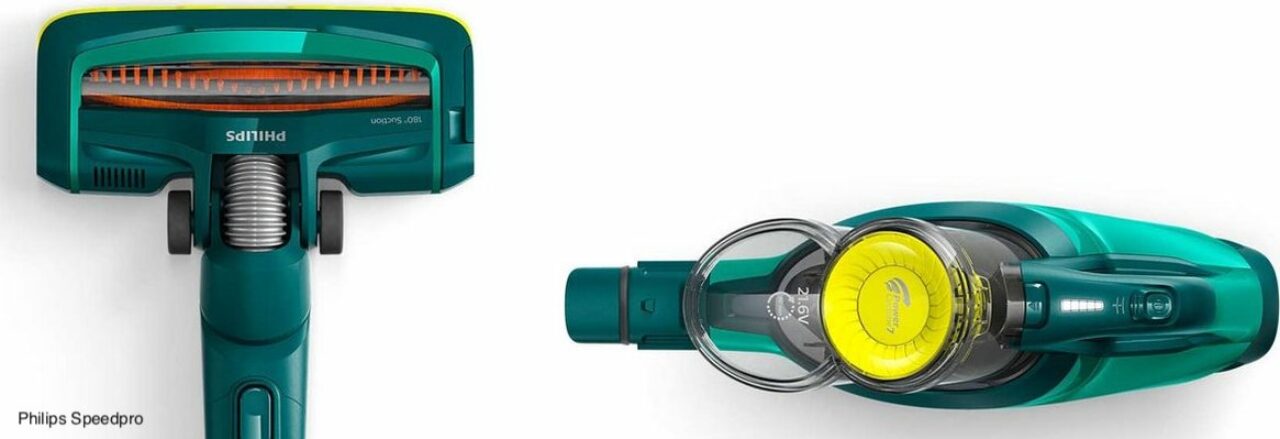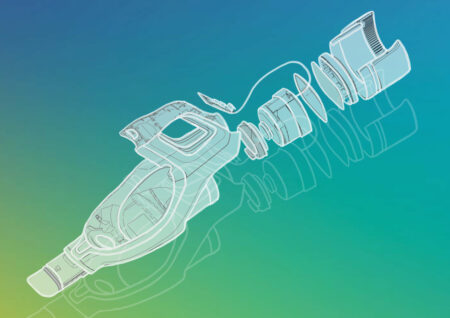Using Design Tools to Improve and Support Product Repairability and Policy
Feb 2021 - ongoing
By: Fontijne, Lotte
October 26, 2021

How can we use design as a tool for sustainability?
This has been the most important question for me during my time at Delft University of Technology and I have seen a multitude of different approaches to answer it. These include: new innovative products and materials, sustainable redesigns, and circular business models. While investigating these different approaches, I become particularly interested in policy on sustainability and design.
Wait, don’t fall asleep yet! Policy may sound boring, especially to those designers around us who love creating new objects and working with their hands. However, policy can be one of the most powerful forces for implementing designing for sustainability research outcomes.
The impact of policy in design
During my project I experienced how a topic like design for repair can quickly go from ‘want to explore later’ to ‘urgent and highly important’ in a company when it becomes a mandatory requirement by the government. The 2021 French Repairability Index (FRI)1, the first mandatory repair label for electronic consumer goods, is an example of policy driving such change and was the driver of my graduation project.

Utilizing a design tool to support policy
Before we can improve the repairability of products, we first need to know how repairable they currently are and where bottlenecks lie. In my project I used two methods to assess the repairability of six cordless vacuum cleaners. One of them was the Disassembly Map2, a method to visually map out the assembly and disassembly of a product to highlight where improvements can be made.


(Photos above: disassembled vacuums used to construct the disassembly map)
I adapted the Disassembly Map so it could be used to gather input for the second assessment method, the FRI. In my project, I showed the Disassembly Map was very useful in detecting product design characteristics that would hinder repair and that an adapted version could help produce reliable FRI scores. To increase accessibility of the Disassembly Map for all users, I also translated the original Disassembly Map from Adobe Illustrator to Miro. The Miro board can be accessed through the following link:
https://miro.com/app/board/o9J_lyEPMrU=/

How a design tool can shed light on policy improvements
While the FRI is an important step in improving the sustainability of products, I did notice some areas needing improvement. When assessing the FRI, I found that definitions of components and disassembly steps were not specific enough leading to un-objective assessments. This could result in poor guidance for future design.
The importance of making repair assessments and tools clear and accessable
Introducing a new repair label comes with responsibility – not only do we need to make sure that we are scoring in a trustworthy way but we should also realise that the way we assess existing repair will influence future design. For example, it became clear how the FRI favours minimal disassembly steps over non-destructive disassembly. As a result, we would not be surprised if producers start designing new products with fewer disassembly steps (resulting in a high repair score) but continue to use poor-quality parts that break during the disassembly process.
In addition, the new draft of the EcoDesign Directive update mentions the possibility of mandatory inclusion of Disassembly Maps for professional repairers. This means that many producers may need to master the skill of producing correct disassembly maps in the next few years. The translation from the original Disassembly Map from Adobe Illustrator to an open source digital environment like Miro will hopefully help producers become familiar with the tool.
I hope that the changes that I made to the original important Disassembly Map have made it easier to use, more approachable and tailored to currently relevant policy. Besides that, my wish is that this graduation project contributes to the idea that we keep evolving the tools we use to assess sustainability in design.
1)The FRI is still in a pilot phase and scores 5 categories of electronic products on their repairability (Smartphones, Laptops, Televisions, Washing Machines, and Lawnmowers)
2)For more information, see Fazio, 2019.
